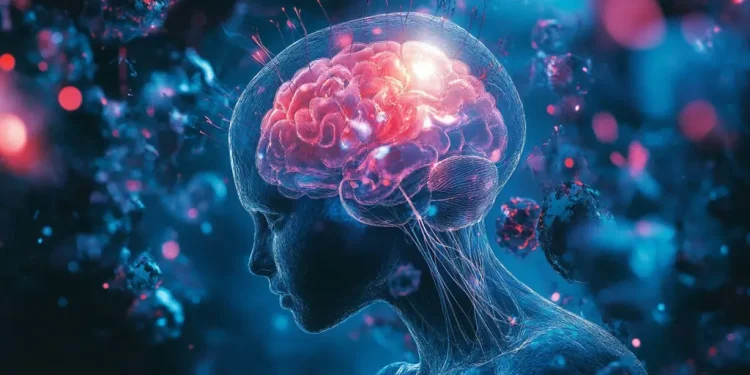Understanding the Brain with NeuroTrALE
In recent years, researchers and scientists have been working hard to make sense of the complex network of connections in the brain. This immense challenge has led to the development of various tools and technologies. One such innovative tool is NeuroTrALE, an open-source software designed to help scientists and researchers better understand the intricate workings of the brain.
The brain is a vast network of neurons or nerve cells that communicate with each other to control everything from our thoughts and emotions to our movements and sensations. With billions of neurons and even more connections between them, studying the brain is like trying to untangle a massive web of threads.
What is NeuroTrALE?
NeuroTrALE stands for Neuro Trace, Analyze, and Link Environment. This tool was developed to assist researchers in visualizing and analyzing the brain’s complex structure. It’s open-source, which means it is freely available to anyone who wants to use it. Scientists can download, modify, and share NeuroTrALE to suit their specific research needs.
What makes NeuroTrALE particularly exciting is its ability to process large amounts of data quickly and efficiently. It can help create detailed maps of neural connections, making it easier for scientists to see patterns and relationships that were previously difficult to detect. These maps are crucial for understanding how different parts of the brain interact and work together.
How Does NeuroTrALE Work?
NeuroTrALE uses advanced algorithms to analyze data from brain imaging techniques like MRI (Magnetic Resonance Imaging) and fMRI (Functional Magnetic Resonance Imaging). These images provide a detailed look at the brain’s structure and activity. The software processes this data to create three-dimensional models that researchers can examine from different angles.
Another exciting feature of NeuroTrALE is its collaborative nature. Since it’s open-source, researchers from around the world can contribute to improving the tool. They can also share their findings with the community, fostering a collaborative environment where knowledge and resources are freely exchanged. This openness helps accelerate the pace of discovery and brings us closer to understanding the brain’s mysteries.
Why is NeuroTrALE Important?
The brain is often compared to a complex puzzle, and each new tool that can help decipher its pieces is invaluable. NeuroTrALE’s ability to handle vast amounts of data and create detailed neural maps has the potential to advance our knowledge in several key areas:
- Neurological Disorders: Better understanding of the brain’s connections can lead to new insights into diseases like Alzheimer’s, Parkinson’s, and epilepsy.
- Brain Injuries: Detailed brain maps can help in developing better treatments for injuries caused by accidents or strokes.
- Mental Health: Understanding how different parts of the brain interact might provide new approaches to treating mental health conditions like depression and anxiety.
Moreover, as researchers continue to refine and improve NeuroTrALE, it could also help in developing more effective brain-computer interfaces. These interfaces could enable people with physical disabilities to control devices with their thoughts, significantly improving their quality of life.
While NeuroTrALE is still in its early stages, its open-source nature and the collaborative spirit of the scientific community mean that it has the potential to evolve rapidly. With each contribution and improvement, we move a step closer to unraveling the brain’s complexities and finding answers to some of the most challenging medical questions of our time.
NeuroTrALE is a groundbreaking tool that promises to transform our understanding of the brain. By providing researchers with the means to visualize and analyze complex neural networks, it opens up new possibilities for diagnosing and treating neurological disorders, brain injuries, and mental health conditions. As with any open-source project, its success lies in the collective effort of the global scientific community, working together to push the boundaries of what we know about the human brain.










